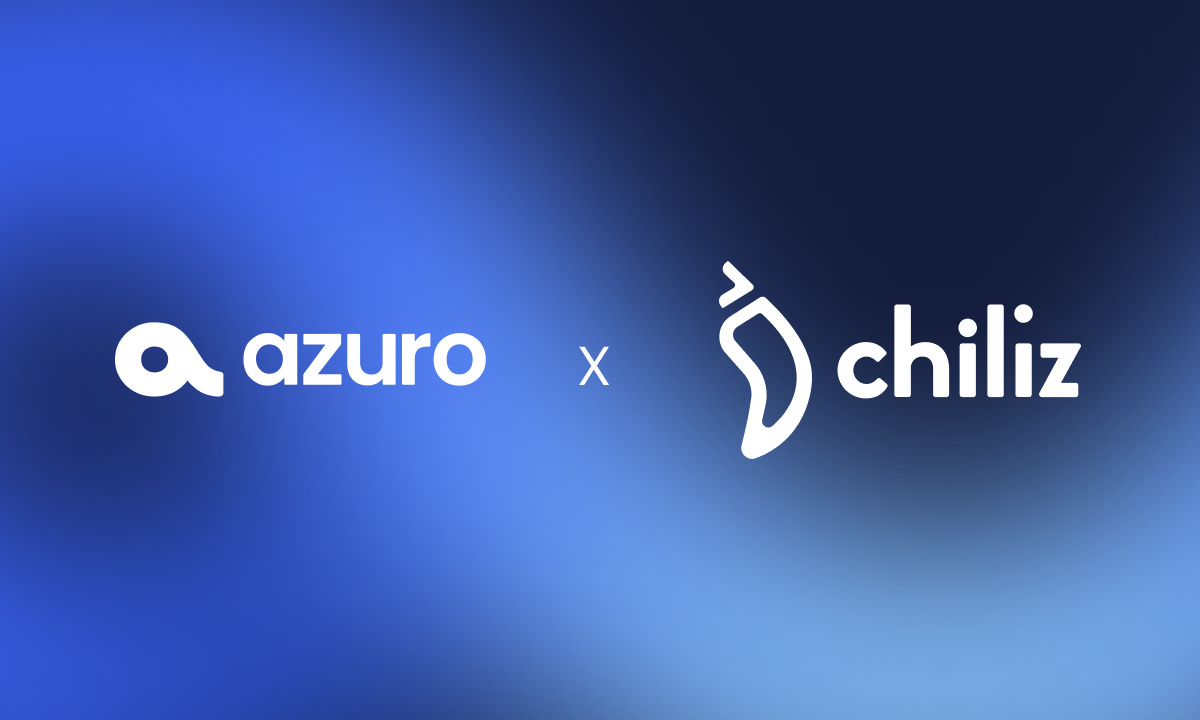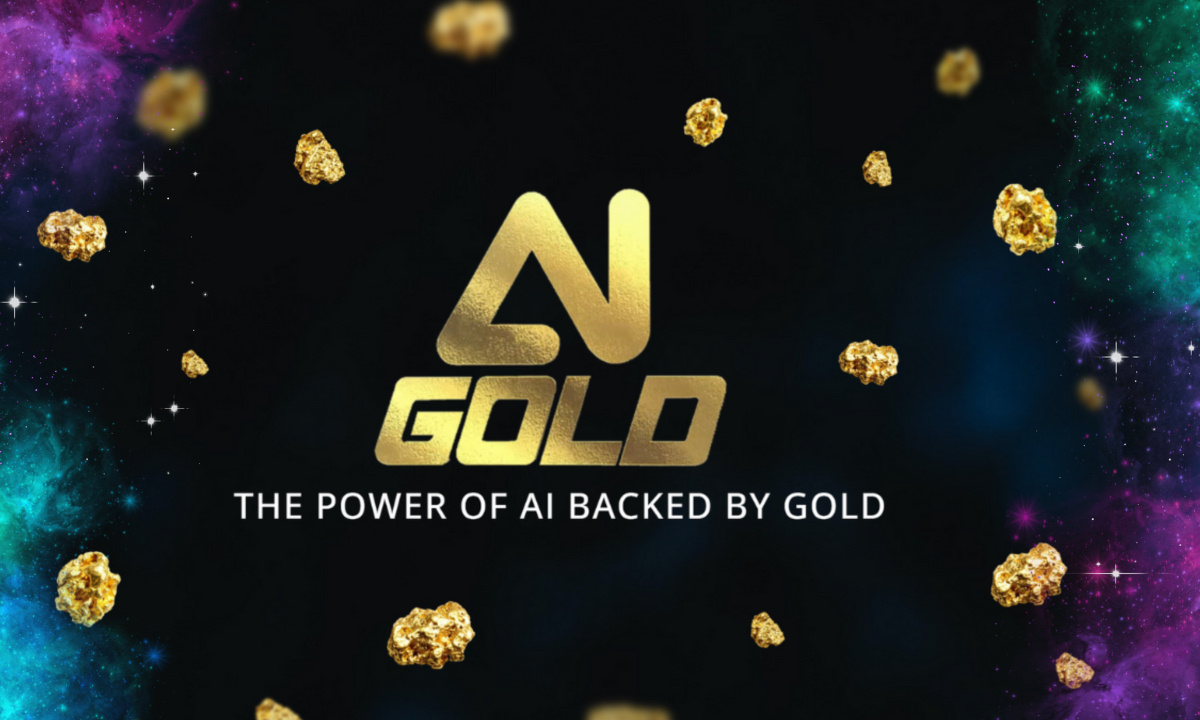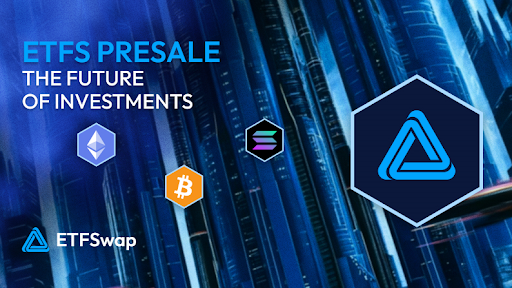For many informal digital asset buyers, the Ethereum 2.0 improve guarantees to be a game-changing occasion that can enhance effectivity, scale back community prices and propel the whole blockchain and crypto house nearer to a Web3 actuality.
Ethereum has been combating a scarcity of scalability and skyrocketing gasoline charges, and because it serves as the largest good contract and DApp growth platform, the transfer to a extra dependable and scalable proof-of-stake (PoS) blockchain can be a welcome reprieve .
Unbeknownst to most informal buyers, nevertheless, Polkadot’s Substrate platform has been making huge inroads in the growth of a parallel decentralized web infrastructure that many imagine will finally eclipse Ethereum’s.
Associated: The Polkadot structure and introduction to the Substrate infrastructure
Ever since the launch of the Polkadot white paper, its worth as a bridge between Ethereum’s ecosystem and the many potentialities that make up a Web3 web expertise has been at the forefront of Polkadot’s principal promoting factors.
So, how precisely does Polkadot evaluate to Ethereum? What’s Ethereum’s present progress in direction of a decentralized web, and have Polkadot’s parachains turn out to be a viable risk to the dominant good contract community? Here’s a fast have a look at the technical particulars that differentiate Polkadot’s ecosystem from Ethereum’s upcoming improve.
Two routes to the decentralized web
To grasp the worth that Polkadot brings to the desk, we should first evaluate Polkadot’s Substrate and the way it’s completely different from what Ethereum is presently providing.

There isn’t a denying that, at one level, Ethereum was thought-about a revolutionary know-how and a sought-after platform for DApp growth. Over the years, nevertheless, scalability has turn out to be Ethereum’s Achilles heel. With an estimated 1 million transactions per day, the Ethereum blockchain is simply able to processing 15 transactions per second (TPS), main to risky gasoline charges. Though this quantity is ready to enhance with the improve to Ethereum 2.0, it’s going to nonetheless fall means wanting conventional centralized infrastructures similar to Visa, which may theoretically course of effectively over 1,700 TPS.

Including to its gradual and congested community, Ethereum’s outdated consensus algorithms eat up to 112.15 TWh per 12 months, which is comparable to the energy consumption of Portugal or the Netherlands. Merely put, Ethereum closely depends on a proof-of-work (PoW) algorithm that requires computationally intensive mining to add new blocks to the chain and make sure transactions.
Associated: Inside the blockchain developer’s thoughts: Proof-of-work blockchain consensus
Ethereum 2.0 plans to tackle these issues by shifting from a PoW algorithm to a extra environment friendly PoS algorithm, which is able to finally enable Ethereum to go carbon-neutral and obtain extra velocity.

Ethereum 2.0 may also make use of sharding as a scalability answer that can see the community damaged into smaller items that may course of transactions in parallel. In concept, this can enable Ethereum to course of an infinite variety of transactions per second, however in apply, it is going to be restricted by the variety of shards created.
Thus far, the shift to Ethereum 2.0 remains to be a piece in progress, though the testnet is stay. Pissed off by the delays, bold challenge builders like Ethereum co-founder Gavin Wooden left Ethereum to construct the Web3 Basis and Parity Applied sciences. Parity Applied sciences and the Web3 Basis focus totally on growing three principal applied sciences: Parity Ethereum (also referred to as Serenity), Parity Substrate and Polkadot.
In the end, the purpose of those organizations and tasks is to fast-track the Web3 imaginative and prescient.
Their victories and defeats
As a core blockchain infrastructure firm, Parity Applied sciences offers a number of instruments and software program that enable builders to launch their blockchains shortly and simply. The Parity Substrate is a toolkit for constructing customized blockchains from the floor up, and it powers a few of the hottest blockchains in the world, similar to Polkadot, Kraken, and Chainlink.
Parity Ethereum, on the different hand, is the software program that runs Ethereum 2.0 shoppers similar to Geth and Prysm. Parity’s principal contribution to Polkadot is the Substrate framework, which is used to construct customized blockchains or parachains on high of the Polkadot Relay Chain.
Associated: How Polkadot’s parachain auctions make a decentralized Web3 potential
In contrast to Ethereum’s present system in addition to its upcoming sharding framework, Substrate may be very modular and permits for customized blockchains to be constructed. Builders can decide and select the options they need for his or her parachains down to the diploma of technical problem they’ll deal with.
Listed here are some examples of how the capabilities of blockchains constructed with Substrate can differ:
- Zeitgeist has prediction markets (related to sports activities betting or betting on what the climate can be like subsequent week) and makes use of them for on-chain governance.
- KILT is a extremely advanced system for decentralized identifiers (DIDs) with the purpose of bringing identification to Web3.
- Subsocial is made up of two speaking Substrate blockchains with social interactions constructed into the code (a palette for making posts, one other palette for feedback, one other palette for reactions, and many others.).

Consequently, Substrate permits customers to assemble a couple of palettes and launch their chains in lower than an hour, which is much simpler than ranging from scratch. In the future, they might be far superior to Ethereum at finishing particular duties. Moreover, they’ll nonetheless talk simply utilizing XCMP, a cross-consensus message format developed for Polkadot that enables interplay between networks that share the identical relay chain.

Substrate additionally offers builders with a library of modules that can be utilized to create compatibility between new blockchains and legacy chains similar to Bitcoin and Ethereum. What’s extra, you do not even want to create blockchains that join to Polkadot whereas utilizing Substrate. Merely put, any developer can use Substrate to create forkless blockchains that may improve with out the want for onerous forks and on any ecosystem outdoors Polkadot or Ethereum.
By way of validators, Polkadot makes use of a Nash equilibrium staking sport that incentivizes validators to behave in a means that’s greatest for the community as an entire. That is completely different from Ethereum’s present emphasis on rewarding miners for his or her efforts, which regularly leads to centralization and excessive limitations to entry.
The Polkadot Relay Chain can also be designed to be way more scalable than Ethereum’s, with the skill to course of round 1,000 transactions per second as in contrast to Ethereum’s measly 15.
Maybe the solely chink in Polkadot’s armor is the incontrovertible fact that Parity Applied sciences did have a serious safety breach in its multi-sig pockets software program again in 2017, when greater than $30 million price of ETH was stolen from a number of multi-sig wallets.
Not confrontation, however complementarity
When it is all stated and carried out, Polkadot is a complementary platform to Ethereum, as each blockchain ecosystems try in direction of the identical purpose of delivering a totally decentralized World Vast Internet.
Whereas Polkadot boasts a ton of options and improved capability, it’s nonetheless in its nascent phases, with solely a handful of functions (Moonbeam and Moonriver) operating on its community. At the identical time, Ethereum continues to be a jack of all trades, with thousands and thousands of hundreds of builders and tasks, which supplies it a major benefit by way of adoption.
Each Polkadot and Ethereum serve completely different functions and may co-exist and complement one another in the decentralized future.
A glimpse into the future
Polkadot and Ethereum have their very own strengths and weaknesses. Going ahead, they might even co-exist to ship a totally decentralized Web3. Builders would possibly use Substrate to create decentralized social media platforms or video-sharing apps that combine Ethereum’s ERC-20 token financial system. With extra builders approaching board to assist speed up the transfer to a Web3 web, there is no such thing as a telling what the future holds for each Polkadot and Ethereum.
This text doesn’t include funding recommendation or suggestions. Each funding and buying and selling transfer includes danger, and readers ought to conduct their very own analysis when making a call.
The views, ideas and opinions expressed listed below are the creator’s alone and don’t essentially replicate or symbolize the views and opinions of Cointelegraph.
Oleh Mell is the developer of Subsocial, a social networking platform constructed to help the social networks of the future. These apps will function built-in monetization strategies and censorship resistance, the place customers will personal their content material and social graphs. Constructed with Substrate pallets, Subsocial is a one-of-a-kind in the Dotsama ecosystem, and designed particularly for social interactions. These interactions shouldn’t have to be particularly social networking, as Subsocial can help apps like YouTube, Shopify, and even Airbnb.












